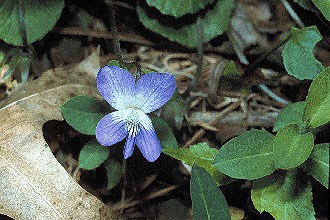
Rare Wildflowers of the Ozarks
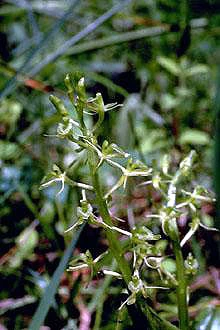
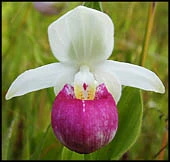
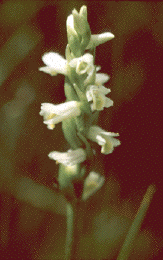
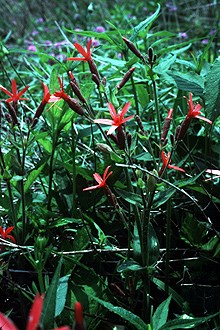
It flowers from May through September, and can be seen in remnant prairies and open woods. In Missouri, it is known only in the Ozarks. 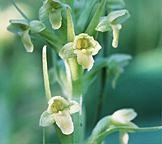
This rare orchid produces greenish- yellow flowers in June and July, and can reach a height of two feet. In Missouri, it is known to occur in only five counties. 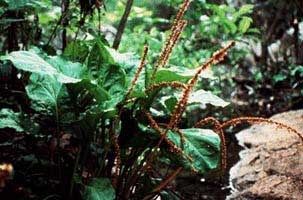
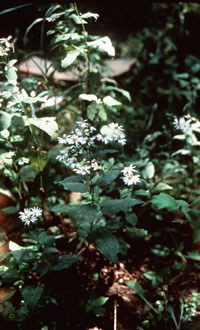
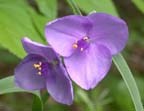
NPS photo by Dan Swofford Ozarks Wild Crocus (Tradescantia longipes) This beautiful flower is found in the Ozarks, and nowhere else on Earth. Its variably colored flowers (magenta, purple, purplish-blue) are visible in April and May in heavily forested areas surrounding the Current River and its tributaries. The Nature Conservancy can be contacted at: For more detailed information and range maps, go to the USDA Plant Database. You can look up any native plant by common or scientific name.
|
Last updated: January 5, 2018
